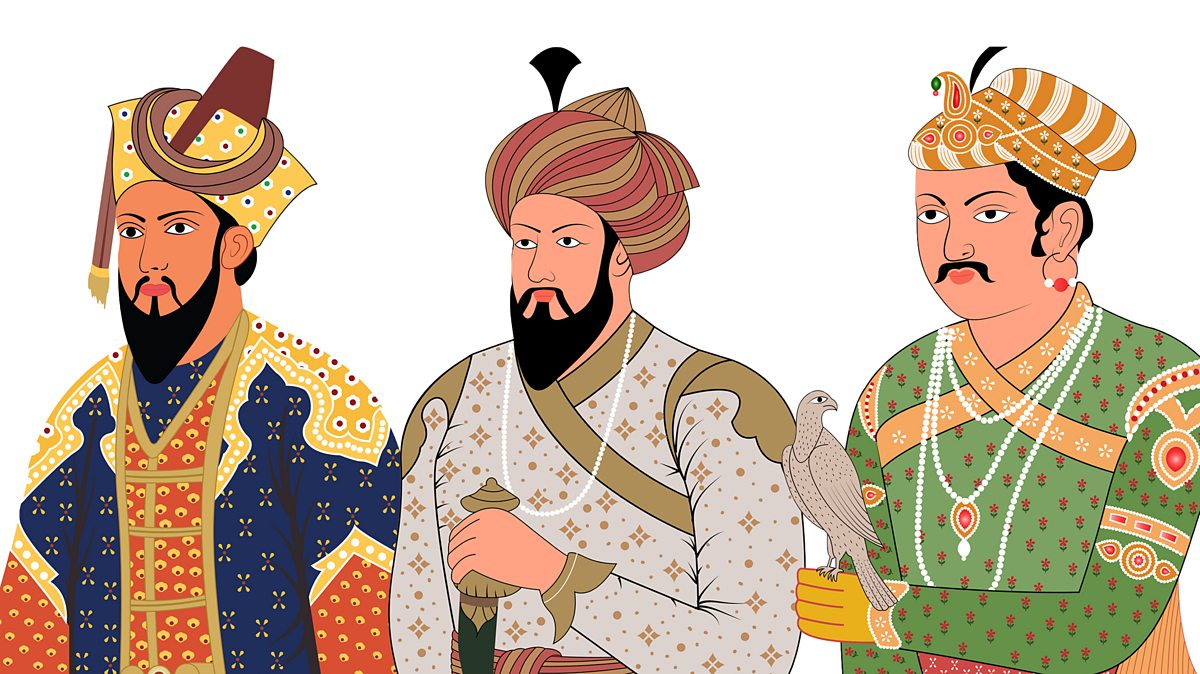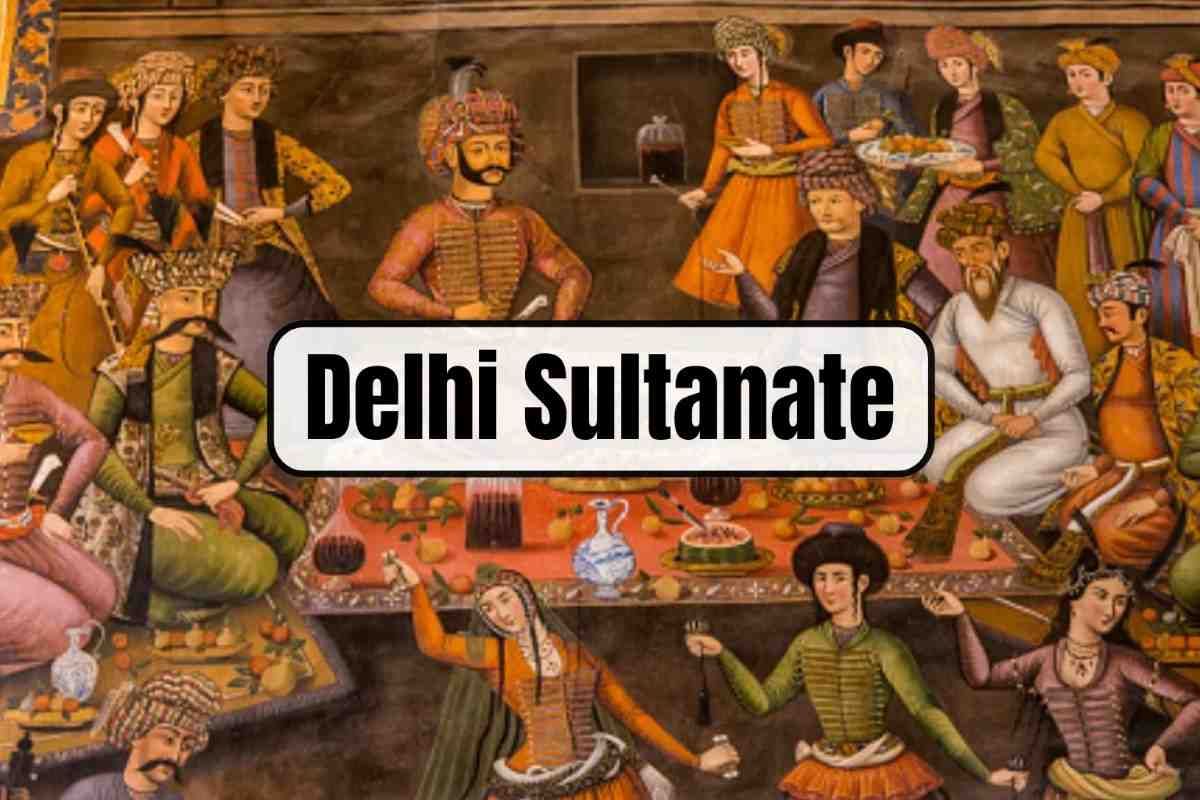Supreme Court Ruling on Sub-Classification of Scheduled Castes
Context:
Recently, the Supreme Court of India issued a landmark 6:1 ruling permitting the sub-categorisation of Scheduled Castes (SCs) for reservations.
More in the News:
- This verdict allows states to provide specific protections to underrepresented SC groups, overturning the constraints imposed by the 2004 E.V. Chinnaiah judgement.
- The ruling is crucial for states aiming to enhance reservations for certain underrepresented SC communities despite existing quotas.
- It underscores the diversity within SCs, recognising that some communities are more disadvantaged than others.

Historical Background:
- 1975: The Punjab government divided SC reservations into two categories, prioritising Balmiki and Mazhabi Sikh communities.
- The Punjab & Haryana High Court, in Dr Kishan Pal v. State of Punjab (2006), struck down the 1975 notification.
- 2004: The Supreme Court in E.V. Chinnaiah vs. State of Andhra Pradesh (2004)struck down Andhra Pradesh’s sub-classification law, declaring SCs a homogenous group and prohibiting states from sub-classifying SCs.
- The court referenced Article 341 of the Constitution, which restricts states from altering the list of SCs designated by the President.
- 2014: In Davinder Singh v State of Punjab(2014), the Supreme Court referred the appeal to a five-judge Constitution Bench to reconsider the 2004 E V Chinnaiah decision on sub-categorization.
- 2020: The five-judge Bench agreed that the 2004 decision required reconsideration.
- Current Status: A seven-judge Bench has delivered a verdict, as only a larger Bench’s decision can overturn a smaller Bench’s ruling.
Constitutional Provisions:
Significance of the Decision:
Recognition of Inequality:
- The Court recognised that Scheduled Castes are not a monolithic group, with varying degrees of discrimination and representation among different SC communities.
- This ruling seeks to enhance representation and benefits for those SC groups historically underrepresented despite existing reservation policies.
- Article 14 permits sub-classification of caste. The court must check whether a class is homogeneous or not integrated for a purpose and can be further classified.
Empowerment of States:
- The judgement allows state governments to establish sub-classifications within the SC category based on empirical data about their representation in public services and educational institutions.
- This enables states to customise reservation policies to address specific needs and disparities among different SC groups.
Targeted Welfare Measure:
- Sub-sub-categorisation helps address the specific needs of different SC groups, ensuring better service delivery.
- Creamy Layer Concept: Aligns with the concept of a “creamy layer” used in Other Backward Classes (OBC) reservations, aiming to benefit the most disadvantaged within SCs.
- The majority view of the Bench separately said the government should extend the “creamy layer principle” to Scheduled Castes and Scheduled Tribes, as in the case of the Other Backward Classes(OBC) category.
- In the landmark 2018 ruling in Jarnail Singh v Lachhmi Narain Gupta, the Supreme Court upheld the “creamy layer” within SCs.
Dissenting Opinion:
Challenges to Implement the Decision:
- Legal Hurdles: Reclassifying SCs could face resistance on the grounds that it could lead to new forms of discrimination among SC groups. Concerns may be raised regarding potential violations of constitutional rights, such as equality and non-discrimination principles, due to the implementation of sub-classification policies.
- Administrative Difficulties: Implementing sub-classification requires restructuring reservations, which could be complex and contentious.
Socio-Political Impact:
- Balancing the interests of various SC communities might lead to conflicts and dissatisfaction among different groups.
Way Forward:
- Accuracy and Reliability of Data Collection: Effective implementation of sub-classification requires accurate and reliable data on SC communities to address the unique challenges faced by different sub-groups effectively.
- Caste Census: A well implemented caste census will help gather accurate data so as to implement the sub-categorisation of SC.
- Defining Sub-Categories: Clear definitions and criteria for sub-categories should be established to avoid ambiguity.
- Similar to the Rohini Commission, sub-categorisation of OBCs into 4 groups .


